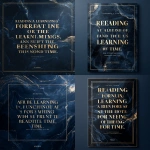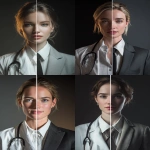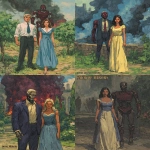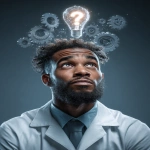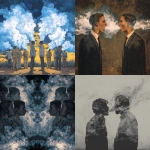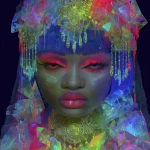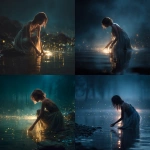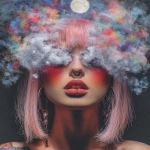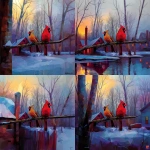Explore the Best AI Image Gallery
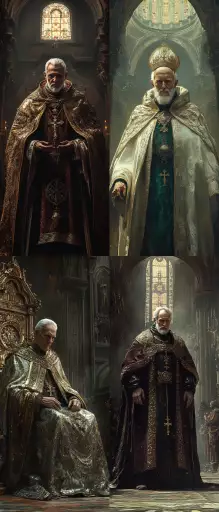
Painted Pixels: AI-Generated Images and the Art Worlds Transformation
The realm of art has always been a canvas for innovation, constantly evolving with new techniques and technologies. Today, artificial intelligence (AI) is stepping onto this canvas, wielding algorithms to generate stunning images that blur the lines between human creativity and machine ingenuity. This captivating new frontier, while promising exciting possibilities, also raises profound questions about the nature of art, authorship, and the future of the creative industry.
A New Brushstroke: The Rise of AI Art Generators
AI-powered image generators, fueled by deep learning algorithms, have made remarkable strides in recent years. These sophisticated systems analyze vast datasets of images, learning patterns, styles, and compositions. Users can then input text prompts, guiding the AI to create unique visuals based on their descriptions. From photorealistic landscapes to abstract expressions, the output of these tools is increasingly diverse and impressive.
The Impact on the Creative Industry: Opportunities and Challenges
The emergence of AI art generators has sent ripples through the creative industry, presenting both opportunities and challenges:
- Empowering Artists: AI tools can serve as powerful assistants, helping artists overcome creative blocks, explore new concepts, and streamline their workflows. They can generate initial sketches, variations on existing designs, or even entire backdrops, freeing up artists to focus on higher-level creative decisions.
- Democratizing Art Creation: AI art generators lower the barrier to entry for aspiring artists who may lack traditional artistic skills. Anyone with a computer and an internet connection can experiment with creating visuals, fostering greater accessibility and inclusivity in the art world.
- New Revenue Streams: AI-generated art opens up new avenues for monetization. Artists can sell their unique creations as digital prints, NFTs (non-fungible tokens), or even use them to generate merchandise. Businesses can leverage AI art for marketing campaigns, branding materials, and personalized content.
- Ethical Concerns: The use of AI in art raises ethical questions surrounding authorship, originality, and the potential devaluation of human creativity. Who owns the copyright to AI-generated art? Can a machine truly be considered an artist?
Navigating the Ethical Landscape
The ethical implications of AI art are complex and require careful consideration:
- Authorship and Ownership: Determining who owns the copyright to AI-generated art is a contentious issue. Is it the developer of the AI algorithm, the person who provides the input prompts, or the AI itself?
- Bias and Representation: AI algorithms are trained on massive datasets, which can reflect existing societal biases. This can result in AI-generated art that perpetuates stereotypes or underrepresents certain communities.
- The Value of Human Creativity: Concerns exist that AI art could devalue human creativity and lead to a decline in the production of original, handcrafted artwork.
Future Trends: The Evolving Canvas
As AI technology continues to advance, we can expect further innovations in the field of AI-generated art:
- More Realistic and Stylized Outputs: AI algorithms will become increasingly sophisticated, capable of generating images that are even more realistic or adhere to specific artistic styles.
- Interactive and Immersive Experiences: AI art can be integrated into virtual reality (VR) and augmented reality (AR) environments, creating immersive and interactive experiences for users.
- Personalized Art Creation: AI tools will allow individuals to generate personalized artwork based on their preferences, memories, or even DNA data.
Conclusion: A New Chapter in Artistic Expression
AI-generated art is a transformative force, pushing the boundaries of creativity and challenging traditional notions of art. While ethical considerations must be addressed, the potential for innovation and artistic expression is immense. As AI technology continues to evolve, it will undoubtedly play an increasingly prominent role in shaping the future of art, inspiring new forms of creative expression and blurring the lines between human and machine ingenuity.
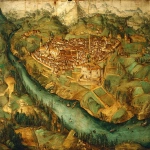
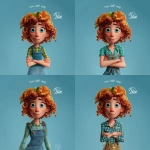
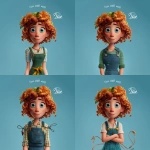
](https://images.ai-img.art/thumbnails/150/e6a179db327f0374ec327d0fdab48ac1f2dc47123eed103b0a41ed346280d07d.webp)


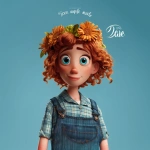
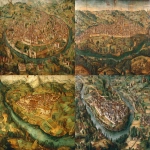

](https://images.ai-img.art/thumbnails/150/655229c40961cb7ff5abd4b4190e02c94ea1a961106e7547a562649c945268be.webp)

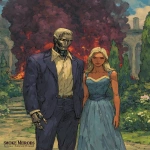

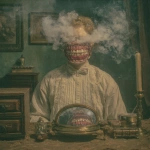
](https://images.ai-img.art/thumbnails/150/60973df1d727dbbf8e6922b7e4836814ab6012106eb9dcfe99aea7aec15f3710.webp)
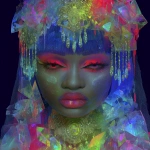
](https://images.ai-img.art/thumbnails/150/6c909fd6d38caac6572b592dd97831deb7d6562bba142798574677582676dfc1.webp)
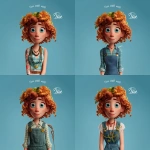

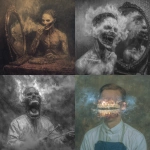
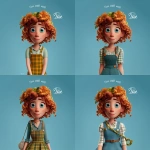
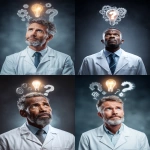

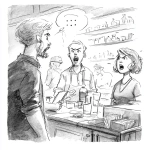
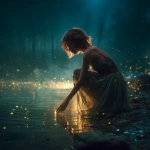
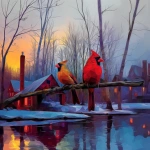


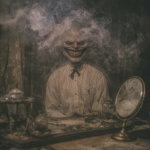
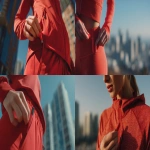

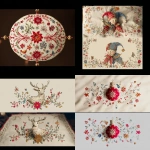
](https://images.ai-img.art/thumbnails/150/1202074d0d60b08b64d0f91f36468608aaac200a02b721cc8e6d8ec8a908432c.webp)
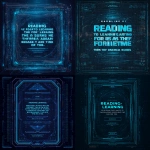
](https://images.ai-img.art/thumbnails/150/26c16e4f635deee86633de398088ca98d9bb748d6e7601436b07e882fab236cb.webp)
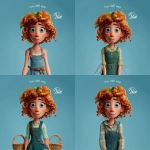
](https://images.ai-img.art/thumbnails/150/184b4b030e30be0a6d51b544226cb4cf2271977814d935d3aaa2b7529355b3b7.webp)
